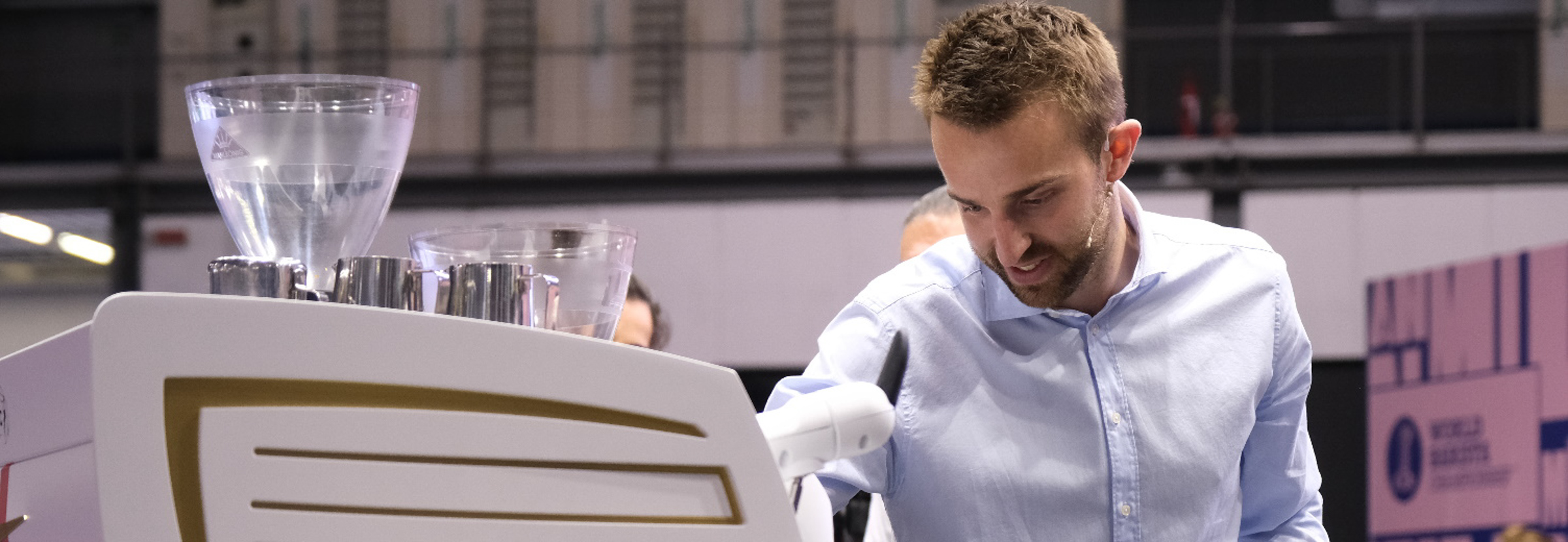How can competitors source coffee for the World Barista Championships?
The World Barista Championships (WBC) give coffee professionals from around the world a platform to showcase their expert knowledge and high-level skills.
However, in order to do so successfully, a WBC competitor must first source a high-quality coffee that will stand out on the global stage.
The Gesha variety has long been a firm choice of many competitors, but now more than ever, lesser-known arabica varieties and even other species are starting to become the territory of WBC finalists.
So, how do coffee professionals go about finding these coffees? And what factors need to be taken into account when sourcing coffee for the WBC?
I spoke to three WBC competitors to find out. Read on to learn more about what they told me.
You may also like our article on how to choose a coach for barista championships.
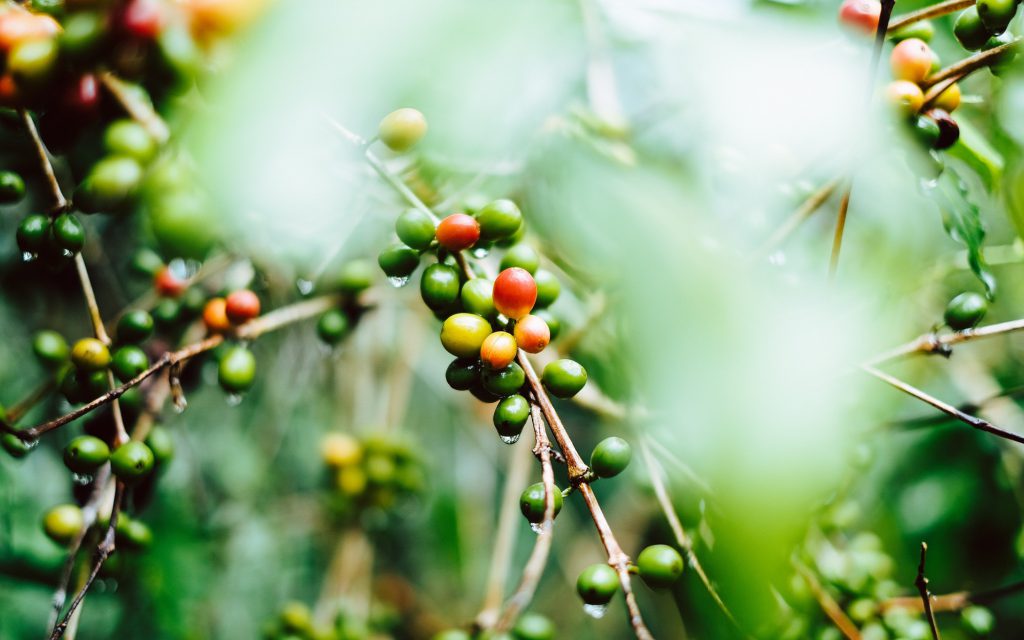
Which coffees are popular at the WBC?
It’s no surprise that exclusive, top-scoring varieties are commonly used in coffee competitions – especially Gesha.
The arabica variety was first discovered in the 1930s in Ethiopia, but it wasn’t until 2004 that it took the industry by storm. At the Best of Panama auction the same year, a Gesha sold for a then record-breaking US $21/lb. Seventeen years on in 2021, the record price paid at the auction was a staggering US $2,560/lb.
As a result of its reputation for extremely high quality and delicate floral flavours, many coffee competition participants opt for Gesha. Between 2011 and 2019, seven of the nine World Brewers Cup champions won using this variety. WBC competitors are also known to choose Gesha for their routines.
However, over the past few years, there has been a shift away from using Gesha in the WBC. Instead, competitors are deciding to showcase the flavours and aromas of other varieties which are equally as intriguing.
Saša Šestić is the founder and Director of ONA Coffee and Project Origin. He is also the 2015 World Barista Champion.
For his winning WBC routine, Saša sourced Sudan Rume coffee from Camilo Merizalde’s Las Nubes farm in Colombia. This variety commonly grows in Ethiopia and was often used in blends at the time.
Saša says he specifically chose Sudan Rume for his WBC performance because of its prominent sweetness and clarity – allowing it to stand out on its own.
Moreover, he also wanted to enhance the flavours and depth of the coffee. To do this, he used the carbonic maceration process. At the time, this fermentation method (which was inspired by the same technique in the wine industry) was still novel in the coffee sector.
More recently, at the 2021 WBC, another lesser-known coffee was used by the top three competitors: Coffea eugenioides. This coffee is a parent species of arabica.
One of these competitors is Hugh Kelly. He is a three-time Australian Barista Champion, as well as the Training Manager and Head of R&D at ONA Coffee. Hugh placed third in the 2021 WBC using a eugenioides and liberica blend.
He says he chose eugenioides because of its “tactility and balance of taste”.
“Initially, the quality of flavour was much worse than other arabica varieties I had tasted, but I felt like it could be improved during processing,” he adds.
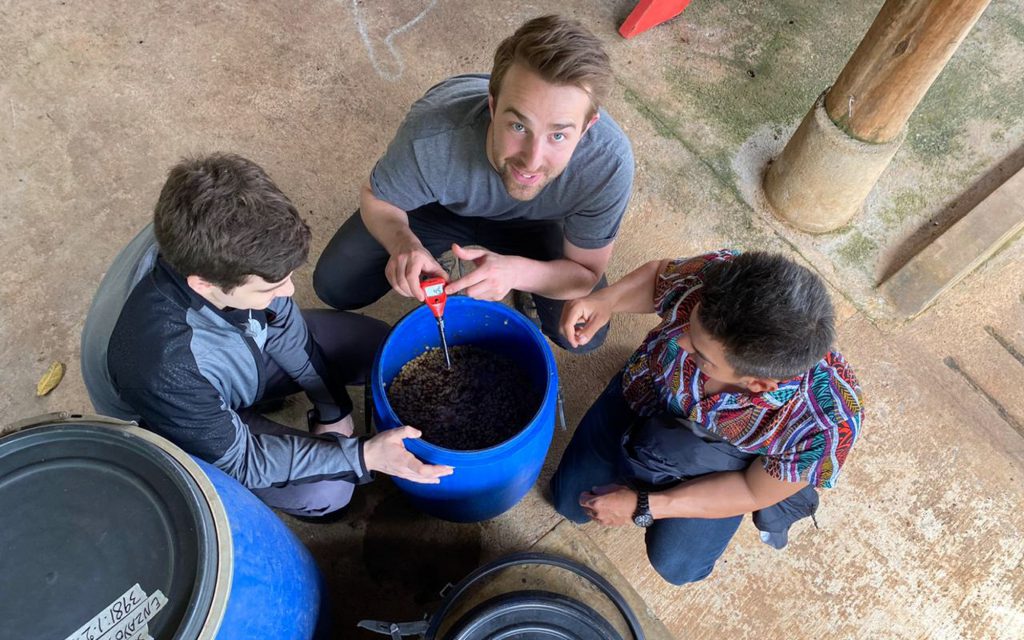
Memorable competition coffees
On the WBC stage, it’s essential that competitors can make their coffee stand out.
Saša says he saw the potential in eugenioides as a competition coffee when Polish competitor Wojtek Bialczak used it at the 2019 WBC.
“This coffee was very memorable because it had this intense sweetness,” he tells me. “The coffee inspired me.”
Saša explains that he became more involved working on a eugenioides espresso for regional competitions with Hugh. After deciding more work could be done with the coffee at farm level, Hugh met with Julian Holguin from Finca Inmaculada in Colombia. Julian was also the producer of Wojtek’s coffee.
Hugh says that when he decided to use eugenioides for the 2021 WBC, he and Saša both worked closely with the team at Finca Inmaculada, as well as in collaboration with microbiologists from Chr. Hansen in Denmark.
“When you work with a coffee producer for some time, there is a greater opportunity to build trust,” he explains.
Saša tells me that there was one clear reason that the coffee performed so well, in his opinion.
“The coffee is really sweet,” he says. “Especially in the espresso category, this is always something that judges will favour.”
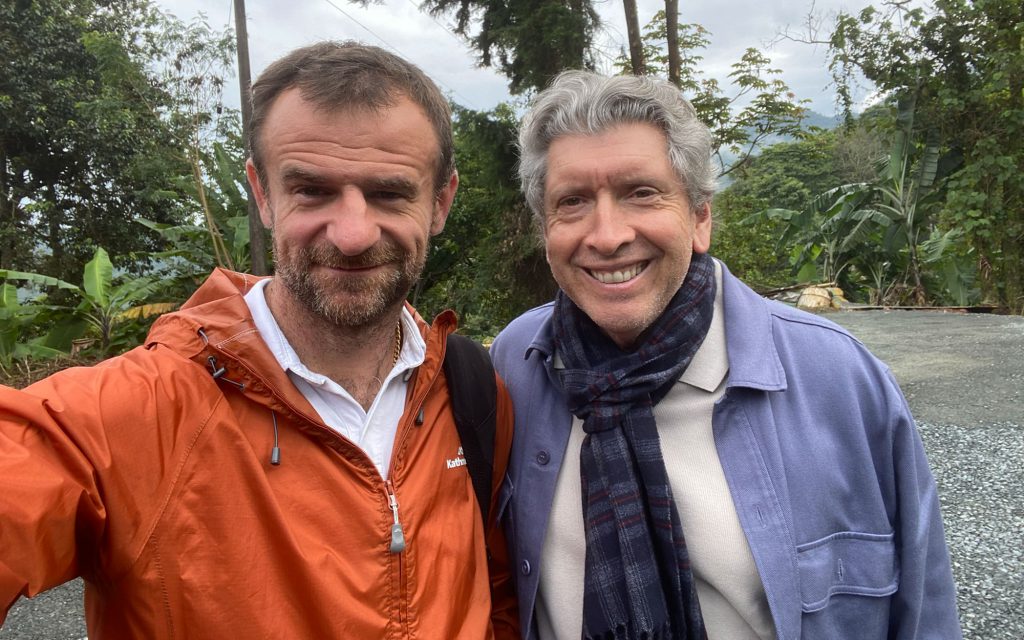
How do competitors source their coffee?
There are a number of different ways for WBC competitors to source their coffee. Hugh explains that some coffee professionals receive coffee from their coaching team.
“Many competitors are provided with options from a coach, mentor, or roaster,” he says. “Some competitors will then blind cup these coffees and choose one.
“This can be a great way to select a coffee, especially if you’re not visiting farms; it lets the coffee speak for itself,” Hugh adds.
Agnieszka Rojewska is the 2018 World Barista Champion. She also emphasises that sourcing coffee for the WBC is often a team effort.
“You need to surround yourself with a team of people that know how to source coffee and how to prepare for competitions,” she explains. “It’s not just about finding coffee, it’s also about finding a team that can help to bring the best out of that coffee.”
Naturally, sourcing a coffee also means connecting with producers to a certain degree.
“Having someone in your team who has existing relationships with producers can help,” Hugh tells me. “Planning to source your coffee early is a good idea, rather than relying on producers to already have some coffee for you.”
Saša emphasises that competitors need to find a coffee that they resonate with.
“The best way to choose a coffee is to know what makes you excited: which countries, profiles, and flavours do you love?” he explains. “Does the coffee need to be processed differently to maximise particular characteristics that you like about that coffee?”
Saša adds that he made the decision to visit farms to source his coffee for the WBC.
“I decided to travel across Colombia and look for producers that I could work with,” he says. “Sudan Rume was my first choice because it’s a natural mutation of the Bourbon variety, so it’s very sweet.
“It has this beautiful stone fruit sweetness that reminds me of apricot and peach,” he adds. “Even when you just grind the coffee, it smells sweet.”
However, even after finding the right coffee, further steps may be necessary to highlight the flavours and aromas competitors are looking for.
“[With more traditional processing methods], the Sudan Rume didn’t have enough flavour and depth,” says Saša. “After talking to our head roaster, Sam Corra, we decided to introduce carbonic maceration to the producers on the farm.”
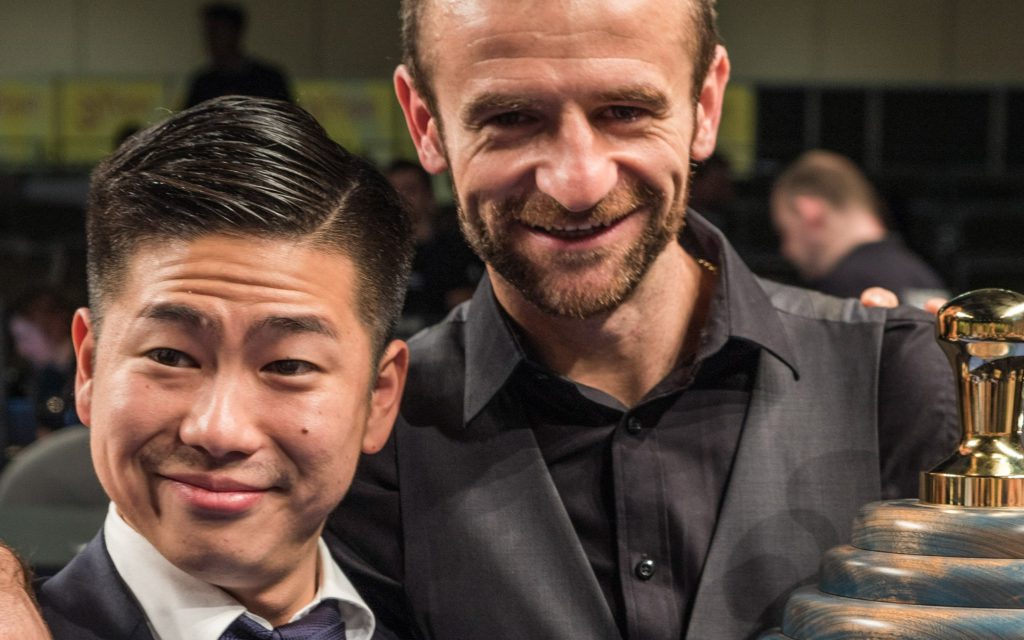
How does sourcing for the WBC influence the wider coffee sector?
Since its beginnings, the WBC has been used to showcase excellence in the coffee industry – from newly discovered varieties and species to innovative processing methods.
However, trends which attract momentum at the WBC tend to then become popular in the specialty coffee market more widely. This means demand for more exclusive coffees and processing methods can increase.
“Ultimately, this isn’t the purpose of the competition,” Agnieszka tells me. “It’s supposed to be a platform to promote the skills and knowledge of baristas.
“But in a bid to win, competitors started using very high-quality, expensive coffees – it became a trend,” she adds.
Saša, meanwhile, sees this as a positive thing.
“The WBC is a great platform because it can shape the future of the coffee industry and push the boundaries from year to year,” he says. “If someone wins with a high-scoring coffee, it proves that it has something special.”
In fact, Saša believes that representation of more exclusive coffees on the WBC stage creates potential for production and processing to become more innovative.
“Innovation [is a good thing], as long as it adds more value for everyone in the coffee industry,” he says. “Prior to 2015, carbonic maceration seemed impossible to implement because it was too expensive, but now it’s used more widely.”
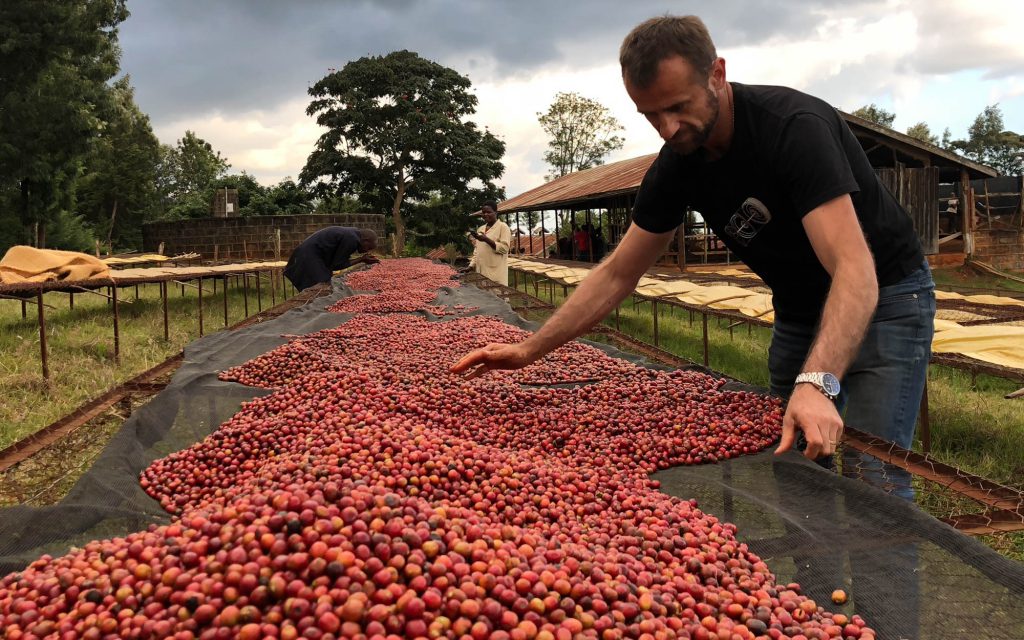
What trends could we see at future WBC events?
With this year’s WBC set to be held in Melbourne from 27 to 30 September 2022, what can we expect to see on the global stage?
Hugh notes that changes to the competition’s qualified sponsors could influence which coffees competitors use.
“The Specialty Coffee Association (SCA) moved away from single-dose grinders, like Mahlkönig’s Peak and EK43 models, to the on-demand-style Mythos MY75 grinder, so trends are sure to change moving forward.”
However, a single-dose funnel designed specifically for Mythos grinders will still allow WBC competitors to single-dose their coffee.
In terms of certain flavour profiles, Saša thinks competitors may take a more stripped back approach to sourcing their coffee– especially in terms of processing.
“I don’t think competitors will use coffee that is heavily processed or fermented,” he says. “The new trends seem to be coffees that are shade-grown and slow-ripened to highlight the terroir.
“The flavours are clean and refined, but at the same time very powerful,” he adds.
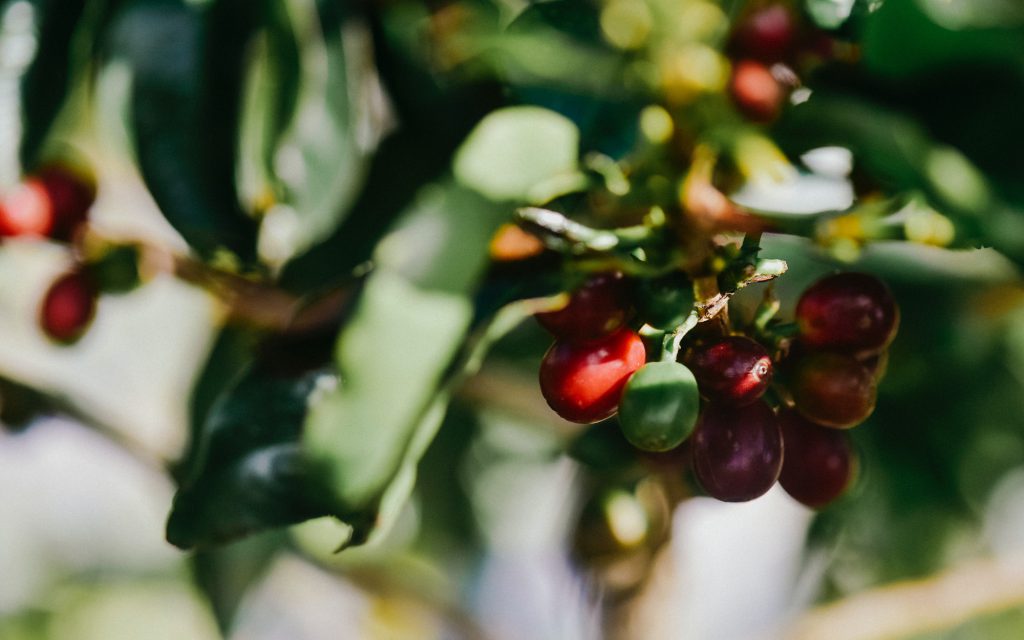
Undoubtedly, the WBC will continue to evolve, which will push competitors to find and source a variety of different coffees.
Each competitor may have their own way of sourcing their coffee, but generally speaking, close relationships with the producer you source from is key. Ultimately, these relationships equip WBC competitors to better understand their coffee, and support them to get the best out of it for their routine.
Enjoyed this? Then read our article on how to roast coffee for barista competitions.
Photo credits: Hugh Kelly, Saša Šestić, World Coffee Events
Perfect Daily Grind
Want to read more articles like this? Sign up for our newsletter!

